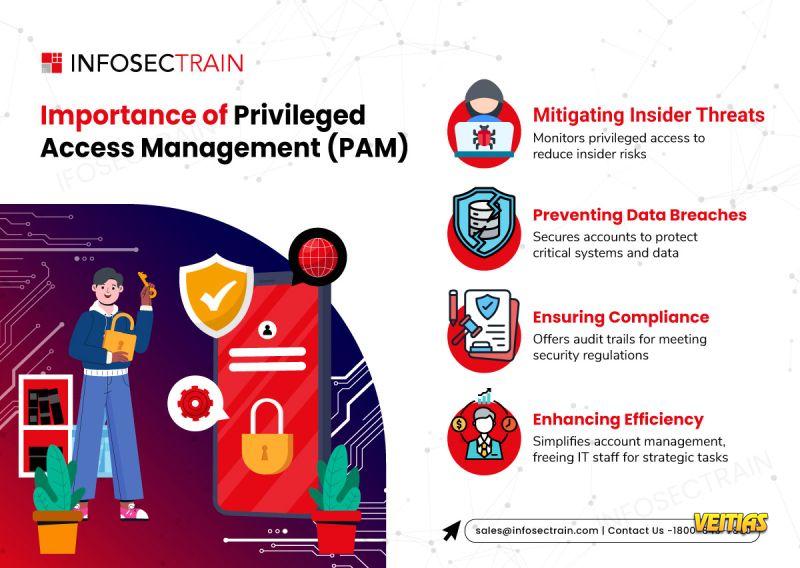𝐓𝐡𝐞 𝐁𝐫𝐞𝐚𝐜𝐡 𝐅𝐢𝐥𝐞𝐬
𝐓𝐡𝐞 𝟒 𝐁𝐢𝐠𝐠𝐞𝐬𝐭 𝐁𝐫𝐞𝐚𝐜𝐡𝐞𝐬 𝐨𝐟 𝟐𝟎𝟐𝟓 (𝐒𝐨 𝐅𝐚𝐫)
𝐒𝐩𝐨𝐭𝐥𝐢𝐠𝐡𝐭: Insider Attack at FinWise Exposes 𝟕𝟎𝟎,𝟎𝟎𝟎 𝐂𝐮𝐬𝐭𝐨𝐦𝐞𝐫 𝐑𝐞𝐜𝐨𝐫𝐝𝐬
𝐖𝐡𝐚𝐭 𝐇𝐚𝐩𝐩𝐞𝐧𝐞𝐝:
A former employee accessed sensitive financial and personal data due to 𝐝𝐞𝐥𝐚𝐲𝐞𝐝 𝐜𝐫𝐞𝐝𝐞𝐧𝐭𝐢𝐚𝐥 𝐫𝐞𝐯𝐨𝐜𝐚𝐭𝐢𝐨𝐧 after departure.
𝐈𝐦𝐩𝐚𝐜𝐭:
This insider breach underscores how 𝐰𝐞𝐚𝐤 𝐨𝐟𝐟𝐛𝐨𝐚𝐫𝐝𝐢𝐧𝐠 𝐚𝐧𝐝 𝐩𝐨𝐨𝐫 𝐚𝐜𝐜𝐞𝐬𝐬 𝐜𝐨𝐧𝐭𝐫𝐨𝐥 can open doors to fraud, identity theft, and reputational loss.
𝐓𝐚𝐤𝐞𝐚𝐰𝐚𝐲:
• Revoke access 𝐢𝐦𝐦𝐞𝐝𝐢𝐚𝐭𝐞𝐥𝐲 when employees exit.
• 𝐀𝐮𝐝𝐢𝐭 internal privileges regularly.
• 𝐌𝐨𝐧𝐢𝐭𝐨𝐫 unusual internal behavior to detect insider threats early.
#CyberSecurity #DataBreach #InsiderThreats #InfosecTrain #DataProtection #Infosec #SecurityAwareness #learntorise
𝐓𝐡𝐞 𝟒 𝐁𝐢𝐠𝐠𝐞𝐬𝐭 𝐁𝐫𝐞𝐚𝐜𝐡𝐞𝐬 𝐨𝐟 𝟐𝟎𝟐𝟓 (𝐒𝐨 𝐅𝐚𝐫)
𝐒𝐩𝐨𝐭𝐥𝐢𝐠𝐡𝐭: Insider Attack at FinWise Exposes 𝟕𝟎𝟎,𝟎𝟎𝟎 𝐂𝐮𝐬𝐭𝐨𝐦𝐞𝐫 𝐑𝐞𝐜𝐨𝐫𝐝𝐬
𝐖𝐡𝐚𝐭 𝐇𝐚𝐩𝐩𝐞𝐧𝐞𝐝:
A former employee accessed sensitive financial and personal data due to 𝐝𝐞𝐥𝐚𝐲𝐞𝐝 𝐜𝐫𝐞𝐝𝐞𝐧𝐭𝐢𝐚𝐥 𝐫𝐞𝐯𝐨𝐜𝐚𝐭𝐢𝐨𝐧 after departure.
𝐈𝐦𝐩𝐚𝐜𝐭:
This insider breach underscores how 𝐰𝐞𝐚𝐤 𝐨𝐟𝐟𝐛𝐨𝐚𝐫𝐝𝐢𝐧𝐠 𝐚𝐧𝐝 𝐩𝐨𝐨𝐫 𝐚𝐜𝐜𝐞𝐬𝐬 𝐜𝐨𝐧𝐭𝐫𝐨𝐥 can open doors to fraud, identity theft, and reputational loss.
𝐓𝐚𝐤𝐞𝐚𝐰𝐚𝐲:
• Revoke access 𝐢𝐦𝐦𝐞𝐝𝐢𝐚𝐭𝐞𝐥𝐲 when employees exit.
• 𝐀𝐮𝐝𝐢𝐭 internal privileges regularly.
• 𝐌𝐨𝐧𝐢𝐭𝐨𝐫 unusual internal behavior to detect insider threats early.
#CyberSecurity #DataBreach #InsiderThreats #InfosecTrain #DataProtection #Infosec #SecurityAwareness #learntorise
🔐 𝐓𝐡𝐞 𝐁𝐫𝐞𝐚𝐜𝐡 𝐅𝐢𝐥𝐞𝐬
🚨 𝐓𝐡𝐞 𝟒 𝐁𝐢𝐠𝐠𝐞𝐬𝐭 𝐁𝐫𝐞𝐚𝐜𝐡𝐞𝐬 𝐨𝐟 𝟐𝟎𝟐𝟓 (𝐒𝐨 𝐅𝐚𝐫)
𝐒𝐩𝐨𝐭𝐥𝐢𝐠𝐡𝐭: Insider Attack at FinWise Exposes 𝟕𝟎𝟎,𝟎𝟎𝟎 𝐂𝐮𝐬𝐭𝐨𝐦𝐞𝐫 𝐑𝐞𝐜𝐨𝐫𝐝𝐬
🧩 𝐖𝐡𝐚𝐭 𝐇𝐚𝐩𝐩𝐞𝐧𝐞𝐝:
A former employee accessed sensitive financial and personal data due to 𝐝𝐞𝐥𝐚𝐲𝐞𝐝 𝐜𝐫𝐞𝐝𝐞𝐧𝐭𝐢𝐚𝐥 𝐫𝐞𝐯𝐨𝐜𝐚𝐭𝐢𝐨𝐧 after departure.
⚠️ 𝐈𝐦𝐩𝐚𝐜𝐭:
This insider breach underscores how 𝐰𝐞𝐚𝐤 𝐨𝐟𝐟𝐛𝐨𝐚𝐫𝐝𝐢𝐧𝐠 𝐚𝐧𝐝 𝐩𝐨𝐨𝐫 𝐚𝐜𝐜𝐞𝐬𝐬 𝐜𝐨𝐧𝐭𝐫𝐨𝐥 can open doors to fraud, identity theft, and reputational loss.
💡𝐓𝐚𝐤𝐞𝐚𝐰𝐚𝐲:
• Revoke access 𝐢𝐦𝐦𝐞𝐝𝐢𝐚𝐭𝐞𝐥𝐲 when employees exit.
• 𝐀𝐮𝐝𝐢𝐭 internal privileges regularly.
• 𝐌𝐨𝐧𝐢𝐭𝐨𝐫 unusual internal behavior to detect insider threats early.
#CyberSecurity #DataBreach #InsiderThreats #InfosecTrain #DataProtection #Infosec #SecurityAwareness #learntorise
0 Comments
0 Shares
2909 Views
0 Reviews






